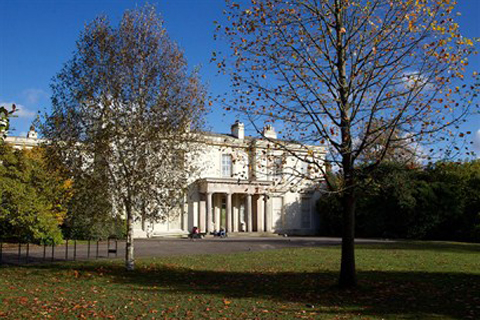Planning and Listed Building Consent has been granted to redevelop a Grade 2 listed Mansion House.
Following our successful refurbishment of the café, the former coach house, stables and barn at Calderstones we have now secured the final piece to the jigsaw with the approval to develop Calderstones Mansion House into an international flagship centre for shared reading on behalf of The Reader Organisation.
The centre will encourage people to share the pleasure and power of great literature though reading groups, literary events and festivals. The building will be transformed to provide a base for education and training, provide high quality conference, meeting and events facilities and offer park visitors the opportunity to engage with the building though the public café and gallery spaces.
The historic Garden Theatre and lawn will also be reopened for concerts and performances.
Further information on our Planning services can be found here.
Wikipedia Extract: History of Calderstones Mansion House
Calderstones Mansion House, Calderstones Park, Liverpool was built in 1828 for Joseph Need Walker, a lead shot manufacturer. It is a ‘restrained neo-classical’ ashlar mansion of three floors with a separate and extensive stableyard and coach-house which was originally set in 93 acres of parkland. In 1875, the house and estate were acquired by Charles McIver, co-founder of Cunard Line, for £52,000.
In 1902 the McIver family sold the estate of Liverpool Corporation who transformed it into a public park, they soon acquired the adjoining estate of Harthill and established the current 126 acre park.
The Grade II listed building became the offices of the Liverpool Corporation Parks and Gardens department and in the 1940s part of the house was transformed into a self-contained flat for the Assistant Head Gardener. The 1940s also saw a neo art-deco open-air theatre was constructed at the back of the house, designed by Sir Lancelot Keay.
For most of the 20th Century the mansion housed a tea-room and cafe and was regularly used for wedding receptions, parties and other functions. In the 1970s the house became council offices and remained that way until 2012.
In January 2012 the council placed the house on the market.
The Reader was awarded Preferred Bidder Status in January 2013. They have a licence agreement to use the buildings for meetings, events and activities, and are currently in final negotiations before signing a 125-year lease.
In January 2017 The Reader began redevelopment work to restore Calderstones Mansion House, having secured funding from Heritage Lottery Fund, Liverpool City Council and independent funders. The redevelopment is due for completion in Spring 2018 when it will reopen as The Reader’s International Centre for Shared Reading – a flagship community hub. The redevelopment will include the restoration and preservation of the neolithic Calderstones.
A full background to Calderstones Mansion House can be found on the wikipedia page.

